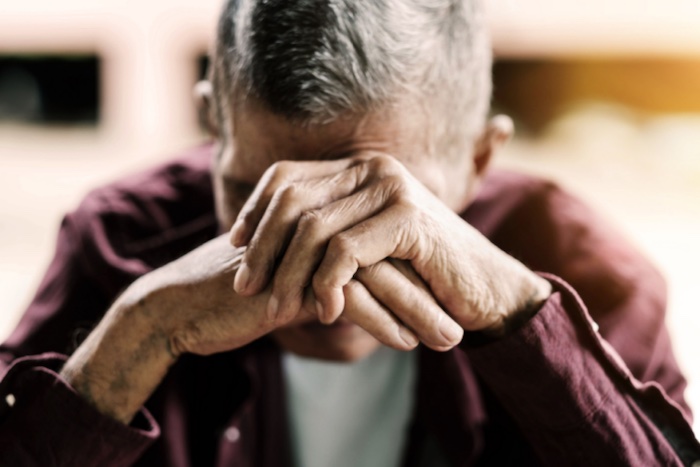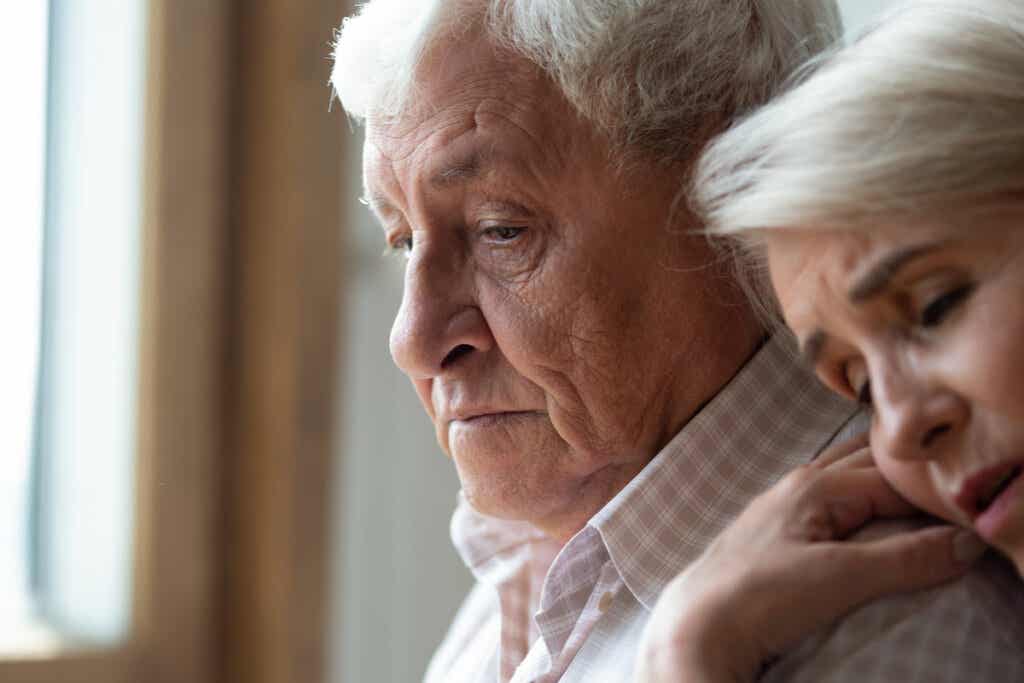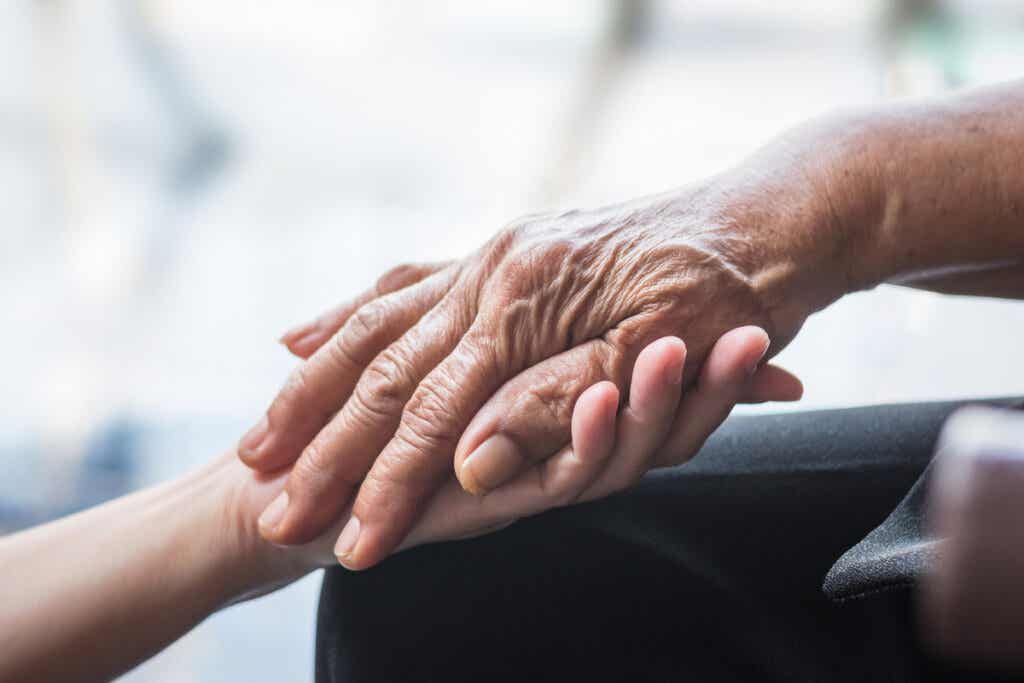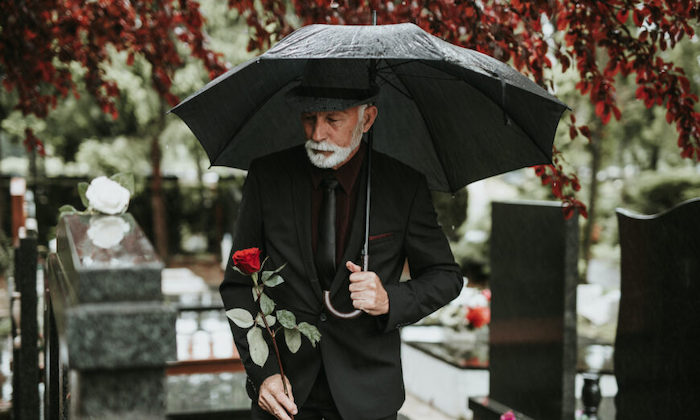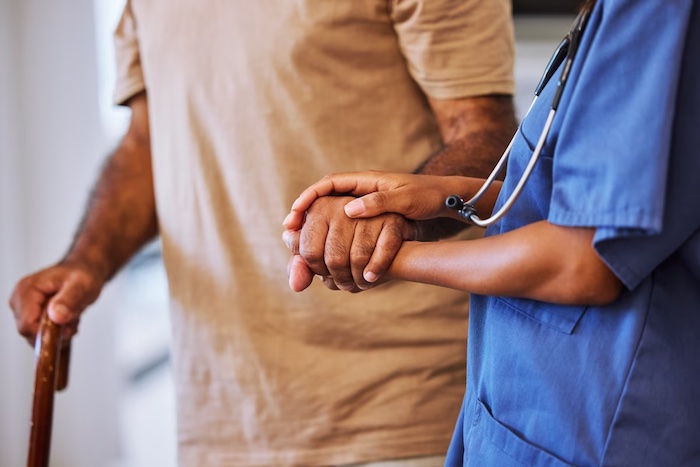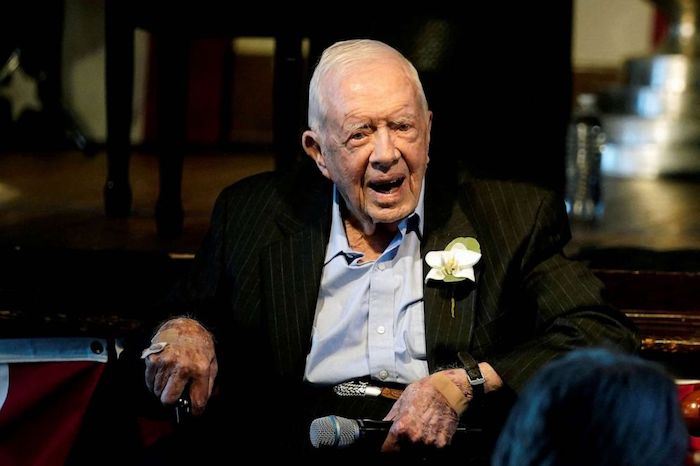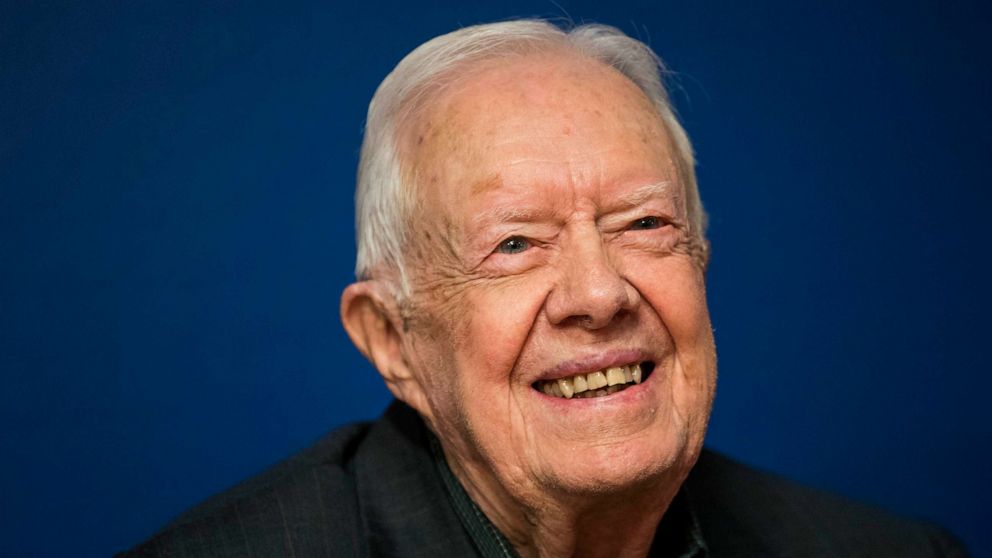— A unique death ritual

By Ravi M Singh
The evening in the dining room of the Mystique Hotel, Lo Manthang, buzzed wild—the noise so loud that voices needed raising. Packed almost to the gunwales by trekkers, cyclists, and motor-bikers, the crowd included us too—four cyclists, Khashing, our team leader, Shayeet, Diwas, and this scribe.
The heated room wore a festive ambience; everyone appeared in a back-slapping mood, and so we were—the vibe in the room was almost palpable. It was our last day in Lo Manthang, a 13-day cycling tour we did in 2018.
We were talking with an Australian cyclist group when my eyes clapped on Wangchhen Lowa, better known as Ram Gurung by all in Lo Manthang, sitting before the iron stove sipping Shyu Cha (Tibetan tea made from yak butter, salt, and tea). I brightened up and excused myself from my friends and the Aussies to join him for a chat.
With 20 years at ACAP (Annapurna Conservation Area Project), Wangchhen aka Ram, also co-owner of the hotel, seemed to know what’s what about Mustang and helped me with a wealth of information.
Following an exchange of customary pleasantries and more insight into the walled city of Upper Mustang, its inhabitants, rich culture, religion, and history, the topic, upon my curiosity, diverted to the ancient death ritual called the sky burial, still practiced in Upper Mustang.
With over two decades of experience in conservation, biodiversity, and flora and fauna of the Trans-Himalayan region, Lo Manthang, it was a privilege conversing with him.
Before touching upon the sky-burial issue, he briefed me on the vultures of Upper Mustang, which play a crucial role in the consummation of sky burials. They included especially the Himalayan griffons (Gyps himalayensis) and lammergeiers (Gypaetus barbatus), the bearded vultures.
“In recent years, the number of Himalayan vultures, especially griffons and lammergeiers, the bearded vultures in the Upper Mustang region, has declined disastrously,” said Wangchhen.
The Himalayan griffons survive on carcasses and carrion. They nest in high cliff edges and even deserted sky caves in Mustang—often sighted at Chhuksang, Yara, Ghemi, and other wind-ravaged arid cliffs.
Native to Mustang and other Trans-Himalayan regions like Dolpo, Humla, Jumla, and Manang, these highland carnivores are large birds and weigh from eight to 12 kg with a wingspan of 2.5m to 3m.
The Himalayan lammergeiers, a close cousin to griffons, too, scavenge like the griffons and live on high crags, but weirdly their diet comprises 90 percent bones (the marrow being their favorite). Almost as large as the griffons, if not bigger, they gobble up the shredded bones after the griffons pick them clean.
To honor the dead, funeral ceremonies and death rituals in Nepal vary from one culture to the other. Typically, the deceased body is largely either cremated or buried. In Tibet, singular to their culture, a death ritual commonly performed is a sky burial.
“Going by the legend, the concept of sky burial in Mustang has its roots in Tibetan culture, preserved in Upper Mustang for eons. Widely exercised to date in Tibet, countries like Bhutan and Mongolia, too, follow the ritual,” said Wangchhen.
Some three decades ago, the sky burial ritual ubiquitous in Mustang gradually declined following trappings of haphazard modernization, making inroads into the once pristine area.
“This funeral practice, widely performed in Tiri village in Kagbeni, suddenly ceased; it has been over 10 years since any sky burial took place there, but the ritual continues in a village called Dhamkar in Upper Mustang among the ethnic minorities called the Lowas (Gurungs, Bistas and Biswokarmas),” said Wangchhen. He sounded very convincing, as he has Lowa roots.
When someone from this community dies, a high Lama (priest) scrutinizes the deceased’s zodiac sign, astrologically juxtaposing it against five Tibetan Buddhist elements—the earth, water, fire, air, and the space—and determines the method for the departed’s funeral.
If the high Lamas decide to go for a sky burial, the funeral ceremony begins, accompanied by the beat of drums, cymbals, and dung chen (a Tibetan long-pipe horn). After the rites, the body is handed over to the monks assigned to behead the body, dismember the corpse, and hack it to pieces. The severed head gets buried, and the chopped-up pieces are moved to an elevated site to feed the vultures.
Curiously, the commotion lures vultures from great distances to assemble at the site and swarm at the chopped body tissues, jostling each other to grab their choicest piece. By performing this rite, the sacred vultures, an emanation of wisdom deities, transport the deceased’s soul to heaven—so believe the local folks.
Strange as it may sound, the vultures do not feed on the meat if the deceased were a sinner. The sky burial rite is nothing less than gruesome but a stark reality founded on Tibetan spiritual values.
“Based on Buddhist tenets and values, the philosophy behind the sky burial ritual is insightful and profoundly spiritual. When you die, your spirit leaves your body, leaving behind nothing but a mass of flesh and bones. If your worthless body can serve as a source of sustenance to another living being, it’s good karma to a noble cause,” said Wangchhen Lowa.
A dull boom of a gong, punctuated by the sharp clang of cymbals and the haunting wail of a long pipe horn, sounded from a nearby monastery as Wangchhen Lowa rounded up on the eerie account of Lo Manthang’s sky burial.
Complete Article ↪HERE↩!

